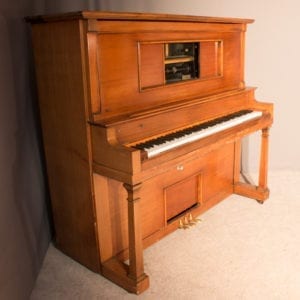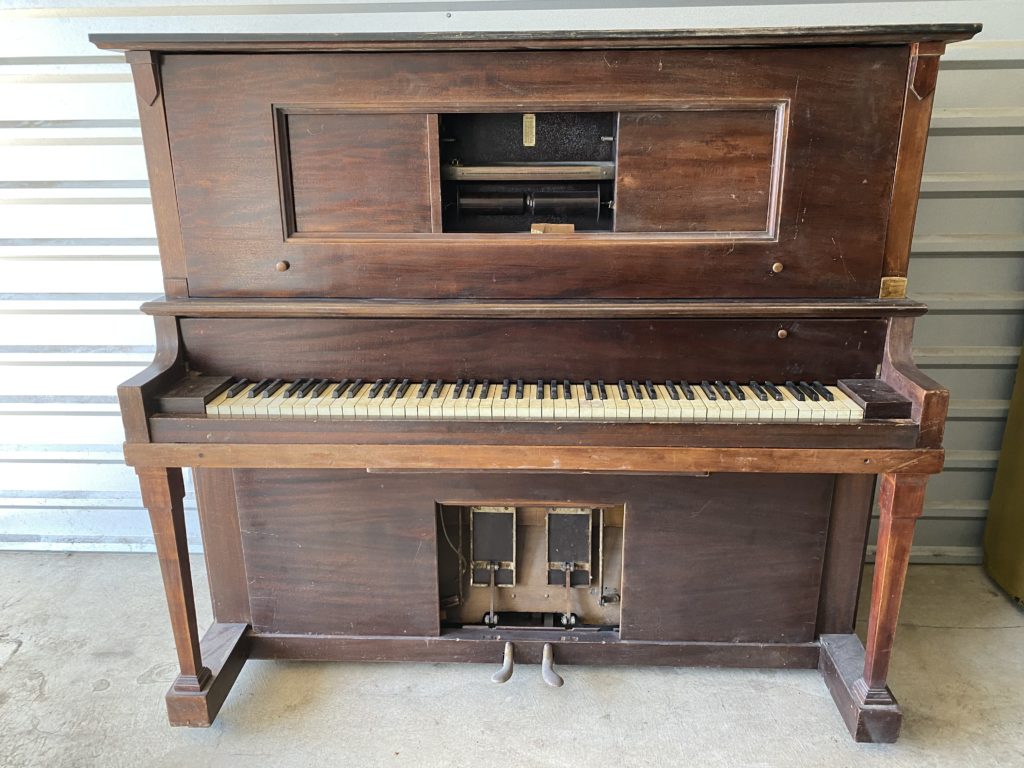
Baby grands generally good modern Chinese ones not yet rated. Older uprights overdampers but good tone. Mostly basic uprights: straight-strung and over-damped Small uprights Giles was a name used by Zender Nearly all Fuchs and Mohr pianos in the UK are small modern pianos with mahogany cases. Vary varied in quality – passed through “Iron curtain” phase Fazer are generally good with rich bass and firm touch The name Rogers Eungblut was used by Kemble in about 1930 The Estonia grand piano produces a reasonable tone. Name used mainly by Morleys of London and also by Chappell. Older Eberhardt Pianos are mostly half-plate iron frame pianos. Mostly basic straight strung overdamper uprights Pre -1950 Dale Forty pianos are basic British pianos Mostly basic straight strung overdamper pianos in a traditional caseĮxtremely varied prolific British maker spanning over 200 years They make the UK’s most common baby grands Straight-strung overdamper half iron frame pianos. Huge variety of quality most well made and some superb Touch is good.įrom very basic overdampers to fairly good overstrungs pre 1900 grands have “Viennese” actionsĪ little mellower in tone than medium priced Kawai.

Mostly small straight strung overdampers c1890-1910 Very varied, poor to medium qualityįrom very basic overdampers to medium quality overstrung Most of the ones imported to the UK were basic models Tadashi, Toronto, Canada went out of business on 1987. Usually straight strung over dampers, but quite well madeĭue to trade name copyright in the U.S.A, these were sold under the "Tadashi" name, but a few were still sold as Atlas pianos. Honestly made but mostly basic straight strung over dampers Varied – low to medium quality some baby grands quite good Mostly tall overstrung underdamped uprights with strong tone

Underdampers are on most good pianos and modern pianos you can assume that the pianos on the list are this type unless otherwise stated. O/u and s/u = overstrung under-damper and straight-strung under-damper. They are overstrung like most good pianos but the damping can be poor (see above). some Bechstein, Lipp and Bluthner.) Over-damper means that the mechanism that shuts off the sound of the string after it’s played is over the hammers, and is inefficient compared to the under-damper system found in good pianos from about 1860 and in all modern pianos. Straight-strung means the strings go vertically and are not crossed over as with nearly all good and modern pianos, so the bass and tenor string length is shorter and therefore the tone is inferior (There are some exceptions to this rule – e.g.

This style is on many basic upright pianos about 35% of all upright pianos in the UK. They are the same in name only and have nothing to do with the older style pianos. Many older names such as Waldstein, Bentley, Steinmeyer and Steinbach are now used by companies in China, Korea, Malaysia, Indonesia, etc.

New pianos made in the Far East (excluding Japan) These factors mean that good grands dampen very abruptly, allowing a clean staccato. They are also about 99% overdampers - being over the strings means that gravity helps them to dampen, and the dampers are also located immediately above where the hammer strikes. NB grand pianos in the UK are about 98% overstung. This video shows the four main types of upright piano mechanism. If you’re in the piano trade and can add or correct any information please let us know. Therefore there are about 400 Adam pianos in the UK.ĭisclaimer: This site is constantly being revised. Availability figures are currently being added for each make so for instance, we estimate that there is about one “Adam” piano for every 5,000 pianos. We are using the conservative figure of 2 million. It must be said, however, that there is a world of difference between a piano that has been well restored, tuned and the hammers voiced, from one of the same make and year that has not been carefully worked on.Įstimates for the number of pianos in the UK vary wildly from 2 to 5 million (figures for 2013). Ratings assume the pianos to be restored or reconditioned and in good condition. Key to piano ratings: We have taken as our benchmark U1H Yamaha upright and G3E Yamaha grand pianos made from 1970 to 1980, since they are very common. Skip to make: – A B C D E F G H I J K L M N O P Q R S T U V W X Y Z


 0 kommentar(er)
0 kommentar(er)
